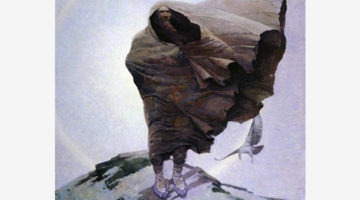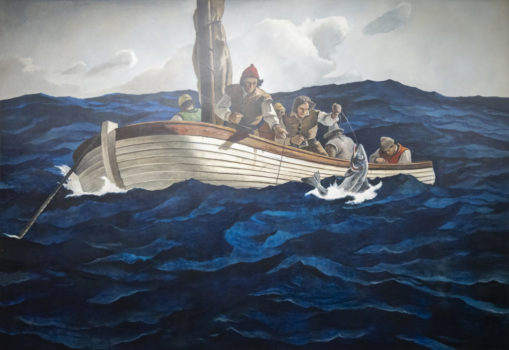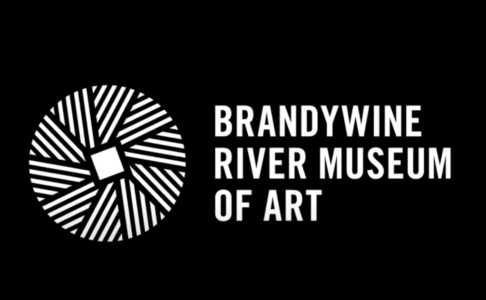N.C. WYETH: A DECADE OF PAINTING
N.C. Wyeth: A Decade of Painting
N.C. Wyeth in his Studio, (c. 1903 - 1904)
N.C. Wyeth is one of the most important American artists of the early 20th century and the patriarch of an artistic lineage that includes his son Andrew and his grandson Jamie.
Heather James presents an intimate display of paintings covering a decade of Wyeth’s long career. Often most remembered for his celebrated career as an illustrator, N.C. Wyeth’s paintings remain as some of the most revered in American art. Each painting in the exhibition was connected to a work of literature, including poems in magazines and novels. Uniting each work is Wyeth’s ability to capture crucial narrative moments to create dynamic and complex scenes. Not just vigorous depictions, Wyeth imbued the scene with intricate emotions.
Summer “Hush” (1909) is a quietly powerful painting of a Native American figure, which comes from a quartet of works representing the four seasons. These paintings were initially used to illustrate George T. Marsh’s poems “The Moods”. These paintings were carried out at a crucial moment in Wyeth’s career in which he explored painting beyond realism to capture atmosphere and mood. This painting must have been special to Wyeth as he gifted it to his brother, Edwin.
In 1904 and 1906 Wyeth travelled west to visit the Navajo in Arizona and New Mexico and to explore the culture of the American West. In this way, Wyeth’s painting is a continuation of the complex relationship between the United States and Native American tribes and the depiction of Native Americans in art. Wyeth’s painting is part of the trend that moved from negative depictions into a romanticization of Native Americans at the end of the 19th and beginning of the 20th century. In discussing the four seasons paintings, Wyeth notes that he is “so much interested in—the ‘primitive Indian.’”
Summer. "Hush" (1909)
Additional Works Illustrating “The Moods,” by George T. Marsh
With a Quick, Noiseless Stride, He Crosses the Narrow Space (1904)
30 1/4 x 20 1/8 in. (76.84 x 51.12 cm)
oil on canvas
With a Quick, Noiseless Stride, He Crossed the Narrow Space served as a frontispiece for A Speckled Bird by Augusta Evans, showcasing Wyeth’s depictions of Gilded Age life in America. For more about Wyeth and American Art in the Gilded Age, visit our exhibition, A Beautiful Time: American Art in the Gilded Age.
44 1/8 x 32 1/8 in. (112.08 x 81.6 cm)
oil on canvas
N.C. Wyeth’s printed illustrations often live on in his beautiful paintings as seen in Good-bye, Mistress Friendly-Soul, which served as the frontispiece for Mary Johnston’s 1914 novel The Witch. Set at the end of the Elizabethan era into the Stuart period of British history, the protagonists stand accused of witchcraft, yet they maintain their love for each other. Wyeth captures this tender but threatened love in subtle ways. Note the lightly touching hands even as goodbyes are said. For more about Wyeth and his relationship with literature, visit our exhibition, Your Heart’s Blood: Intersections of Art and Literature.
Good-bye, Mistress Friendly-Soul (1914)
RELATED EXHIBITION
Many of Wyeth’s works helped shape the American imagination with much of Wyeth’s oeuvre focused on the American West. Wyeth’s impact on the American identity is felt to this day and Heather James Fine Art is proud to present his works. Visit our other Wyeth exhibition, Meeting Life: N.C. Wyeth and the Met Life Murals to discover the depth of Wyeth’s influence on the American imagination.













